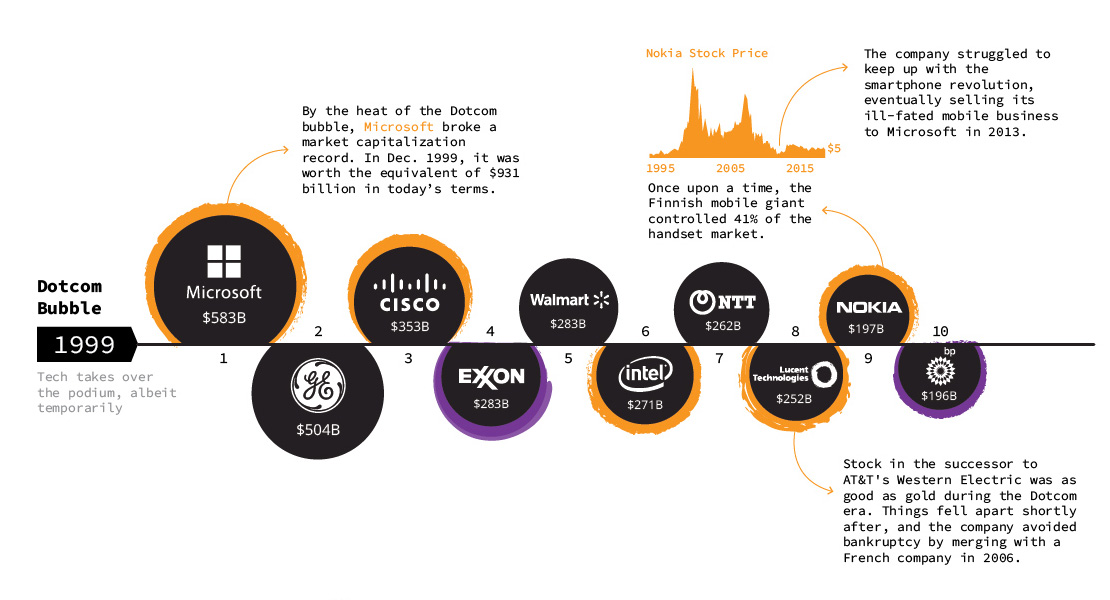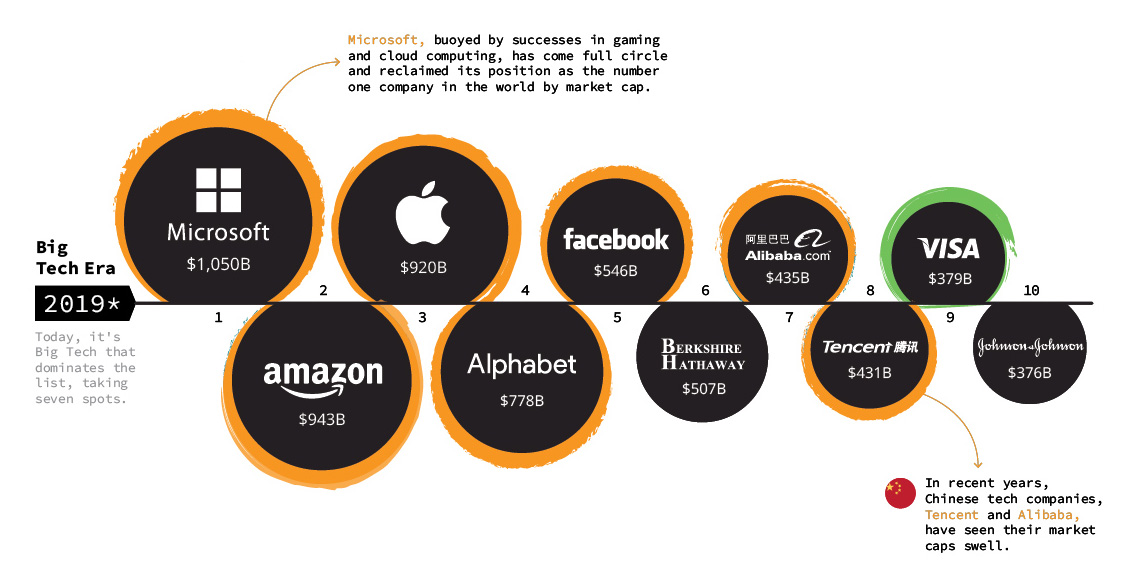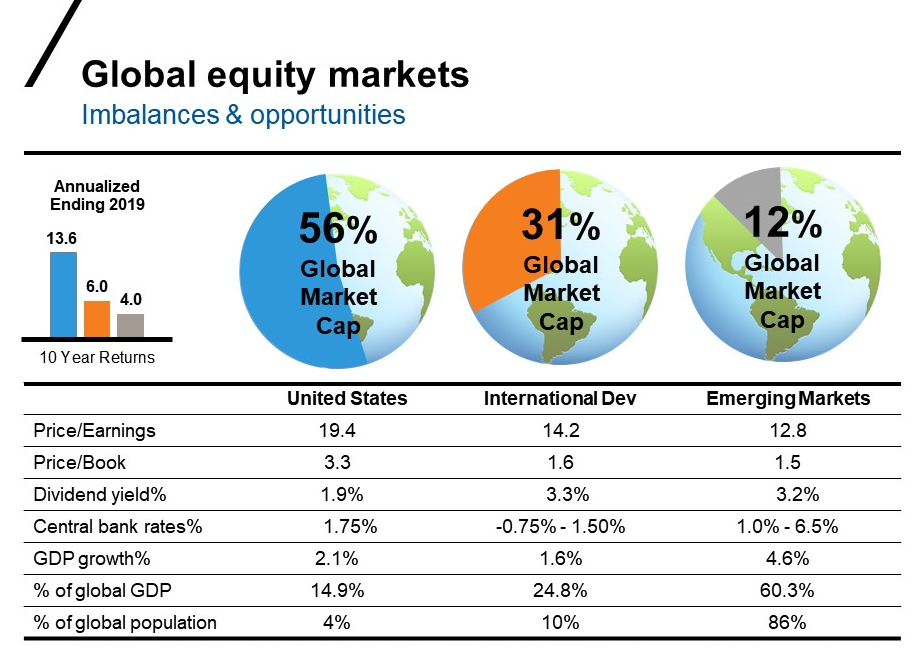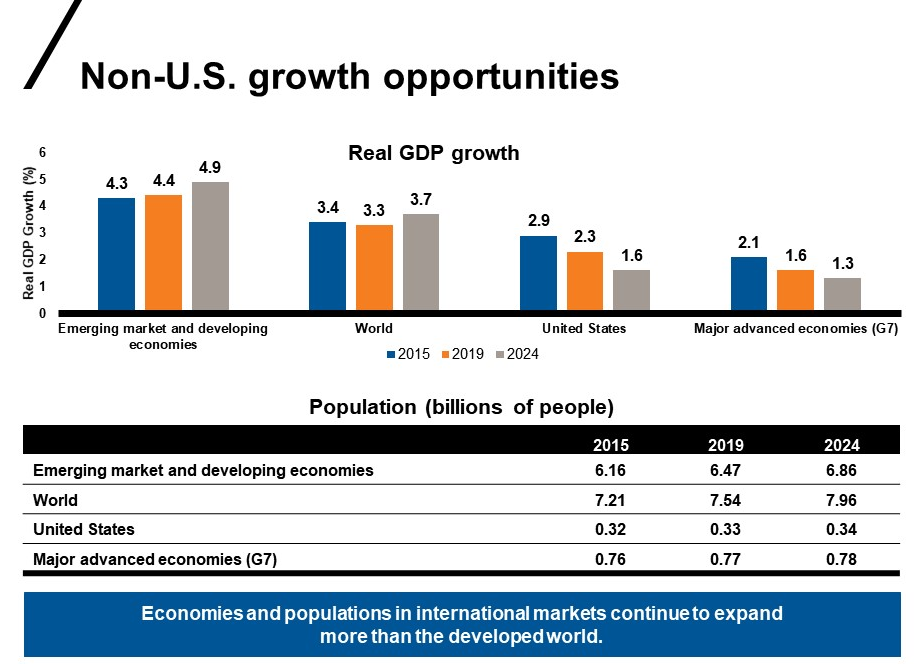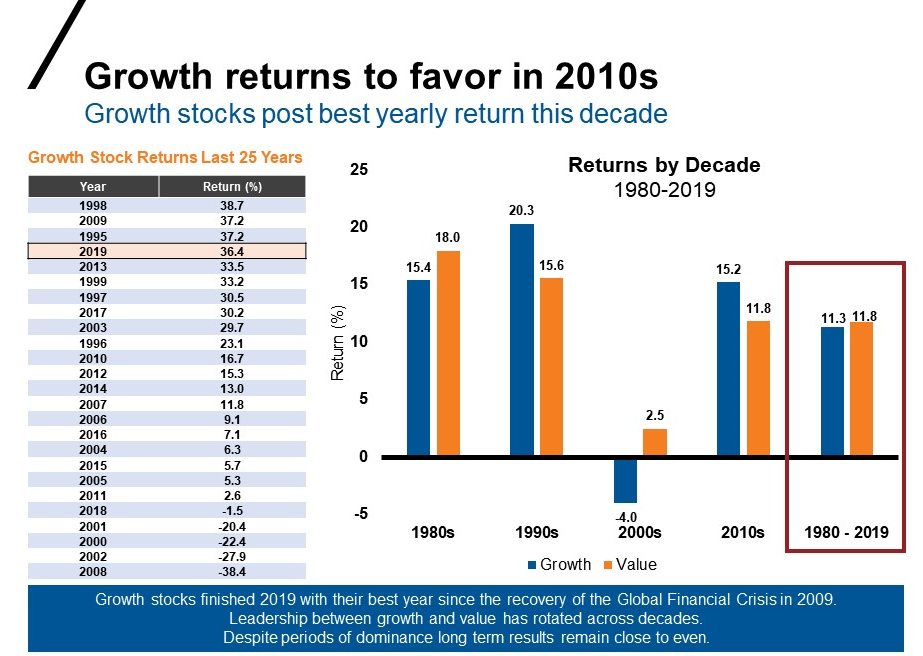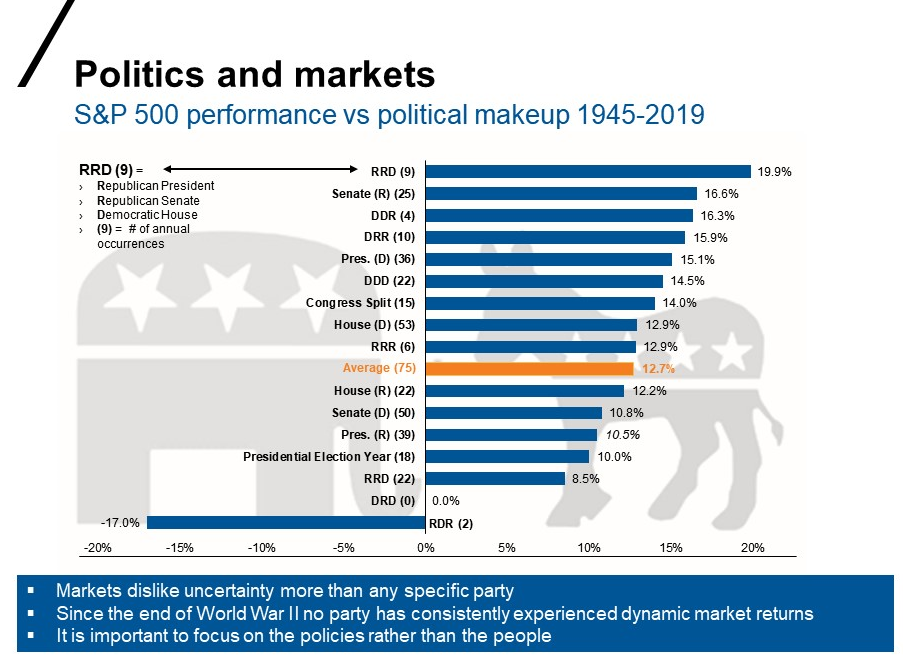Signal vs. noise: Is noise affecting your ability to focus on investor behavior?
This is going to be one of those years where we believe behavior—for advisors and clients—is going to really matter. At Russell Investments, we believe one of the biggest detriments to a client’s return is their own behavior. During our decades of working in this industry, we’ve heard directly that most advisors spend the bulk of their time trying to minimize their clients’ behavioral mistakes, especially when markets become volatile. Most advisors know far too well that investors don’t always do what they should. Instead, sometimes their behavior stands in direct opposition to their own best interests.
You have probably heard the term signal vs. noise. What this means is there’s a lot of information out there that is not very relevant (the noise) behavior—and that you should likely be paying attention to more useful information (the signal).
Here are some thoughts on which signals we believe are likely to be important for advisors and their clients this year:
S - Stars eventually fade
I - International still exits
G - Growth is not the only answer
N - Never confuse your politics with your plan
A - Always keep your outcome in mind
L - Lucky to be alive during this time in history
Let’s look at each.
Stars eventually fade
Stars, on average, can last about 10 billion years, but even the brightest stars fade out. If you look at the stars in the market over the past decade, you see a constant change in the biggest stocks in the world. There is an old adage, “The cure for high prices is high(er) prices.” Here’s another way to look at this: In order for the large stocks to remain large, they have to keep knocking it out of the park. In other words, they have to continue to beat growth and earnings expectations, time and time again. The chart below from Visual Capitalist shows how the make-up of the world’s largest companies has changed since 1999.
Remember all of the stocks that were supposed to dominate forever? GE, Blackberry and Walmart, to name a few? Turns out, it’s pretty darn hard to hit a home run in every at-bat.
Click images to enlarge
*Market caps as of June 21, 2019.
Source: VisualCapitalist.com, A Visual History of the Largest Companies by Market Cap (1999-June 21, 2019), The Financial Time, Google Finance, https://www.visualcapitalist.com/a-visual-history-of-the-largest-companies-by-market-cap-1999-today/
International still exists
Yes, it has been a tough decade for international developed markets and especially emerging markets, but there are reasons we believe it’s still prudent to have exposure to them. Beyond just market valuation, other fundamentals appear to be favoring non-U.S. stocks, as evidenced in the chart below.
Click image to enlarge
Sources: S&P 500 Index, MSCI EAFE Index, MSCI Emerging Markets Index, International Monetary Fund, World Bank. Index returns represent past performance, are not a guarantee of future performance, and are not indicative of any specific investment. Indexes are unmanaged and cannot be invested in directly. Numbers may not add due to rounding.
Over the next five years, the International Monetary Fund (IMF) World Economic Outlook projects that both gross domestic product (GDP) and overall population will increase at a significantly larger rate in the developing world than in the world’s major advanced economies. Allocating to these regions within a diversified portfolio provides the potential to take advantage of this growth opportunity.
Click image to enlarge
Source: International Monetary Fund World Economic Outlook (April 2019).
G7 Countries include Canada, France, Germany, Italy, Japan, UK and United States.
Finally, let’s talk about what you are buying in both international and emerging market stocks. We’ve previously written that foreign stocks aren’t as foreign as you think. While investors may have reservations about allocating a portion of their investment portfolio to non-U.S. companies, they are likely comfortable allocating a part of their daily consumption to the products those companies make, such as:
- Nestlé –Skinny Cow®, Butterfinger candy bars and Fun Dip (who doesn’t love Fun Dip?!)
- Unilever – Dove® soap, Vaseline® and Hellmann’s mayonnaise
- Diageo – Cîroc, Johnny Walker and Captain Morgan
For advisors, it may be difficult keeping clients invested in international stocks, after U.S. equities have done well for so long, as evidenced by the S&P 500 Index.
Dan Hodo, a fellow senior regional director puts it this way: “It can feel like the dreaded 7-10 bowling split. Investors may continue to argue in favor of U.S. equities and against international exposure. We believe that’s a dangerous position, and those investors could potentially miss out on a cycle shift that sees international markets outperform for a decade like they have in previous periods of time. Remaining undiversified could also increase the volatility in their accounts, if and when the U.S. experiences another bear market.”
Growth is not the only answer
If you been in the business for less than 10 years, you may think growth stocks are the be-all and end-all. However, that has not always been the case. Leadership between growth and value stocks has rotated across the decades, as the chart below shows. Given this, we believe it likely makes more sense to allocate to both.
Click image to enlarge
Growth: Russell 1000 Growth Index; Value: Russell 1000 Value Index. Index returns represent past performance, are not a guarantee of future performance, and are not indicative of any specific investment. Indexes are unmanaged and cannot be invested in directly.
Never confuse your politics with your plan
I know this is a touchy subject, however, consider this. If you did not care for President Obama, and you reacted to his election by putting your money into cash, you missed out. The same holds true with President Trump: If you moved your money into cash when he took office, you missed out. Put another way: The market does not care about your politics—but your financial plan may be impacted by the decisions you make.
In the chart below, we look at calendar year U.S. stock returns (S&P 500® Index) through just about every combination and permutation of political-party representation that we could determine. The data presented shows which party was in control of the presidency, the U.S. Senate and U.S. House of Representatives. We went back to the end of WWII (1945) as the starting date. Looking through the data, one is hard pressed to make a definitive case that one combination is better than the other. The real take-aways are that one should expect average returns over time, and that markets dislike uncertainty more than any specific party.
Click image to enlarge
U.S. Stocks: S&P 500® Index. Indexes are unmanaged and cannot be invested in directly. Returns represent past performance, are not a guarantee of future performance, and are not indicative of any specific investment.
Always keep your outcome in mind
We’ve written quite a bit about outcome-oriented investing and how outcomes are the new alpha. No matter what happens in the market during the next decade, what truly matters is whether or not you’re on target for the outcome you want to achieve. That’s why we believe financial planning is so important. In fact, planning is a key component of our Value of an Advisor formula. Quite simply, it’s the ongoing process that keeps investors on track. This is why the financial plan is a very important part of the outcome-oriented process.
Think of it this way: If you’re going on a trip, it doesn’t matter how many wrong turns or stops you make along the way. What matters is reaching your destination. Getting to retirement, paying for college or creating a sustainable income are outcomes that investors really understand. When clients are worrying about the outcome, steer their attention back to the plan.
Joe McNally, one of my colleagues says, “You can’t retire on a benchmark. Instead, keep clients focused on their outcomes.”
Lucky to be alive during this time in history
In the end, I think all of us may appreciate that we are alive to see so many good things happening in the world today:1
I myself am an example of the opportunity we have in this world. I grew up on the north side of Milwaukee, in the ZIP code of 53209, where recent economic data show:2
- Median household income: $33,395
- Individuals with a college degree and above: 29%
- Average house value: $93,500
- Population below poverty line: 28.2%
Add to the above that my parents were divorced, and you would be hard-pressed to imagine that I would become a senior regional director at Russell Investments, married for 20 years with a college degree and two beautiful kids. What a world!
The bottom line
So, before your clients listen to the noise, keep in mind that it’s all about the SIGNAL. It’s about how you can impact your client’s investing behavior by keeping them focused on their outcomes. Now put in your ear pods and enjoy life.
Related Tim Halverson articles:
Is your wholesaler your BESTIE?
7 things every advisor should know about the slacker generation
